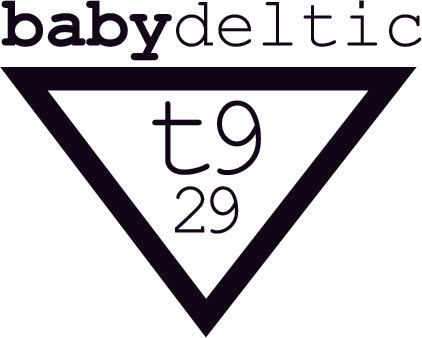News, 15 January 2022
News, 15 January 2022 - with update.
It's been a busy week this week. Two of us were able to make it for almost a full week, I could do Monday, Wednesday, Thursday and Friday and Richard could do Monday, Wednesday and Thursday. On Monday I decided to finish welding the fuel and water tank brackets which I'd designed before Christmas and then sent on an email to a laser company in Sheffield to make and then deliver to us. The previous week I'd ground on the weld prep, an essential but very boring task necessary to allow root fusion which especially hard to achieve in fillet welds. I moved all the parts to the machine shop with a pallet truck and then took the welder round too.
Meantime Richard was under the loco finishing off the cleaning and painting ready for the fuel tank to be installed. He was using a needle gun and degreaser which he applied with a paint brush. This is a horrible process which is dirty, repetitive and means working overhead. While doing this he wore some old overalls which he'd had for some time and then had throw away. He'd had them for so long in fact that he sent me a photo of me and him (and some other people we used to be friends with) taking a break from painting another loco nearly twenty years ago, he was wearing the same overalls back then! How time flies!
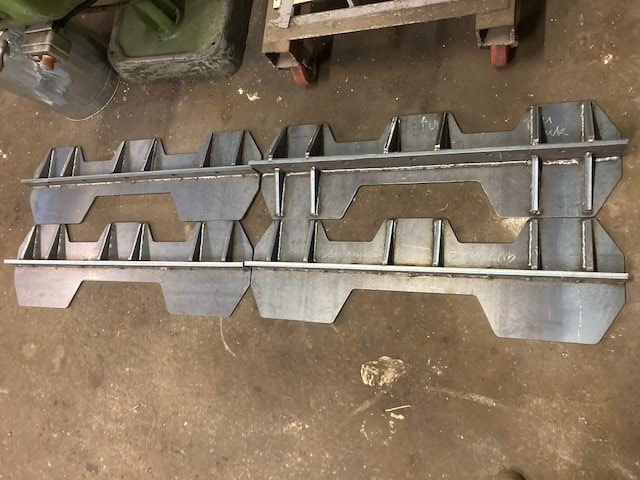
By Wednesday the fuel tank was ready to take the newly manufactured bracket. Other people were on site that day including the Barrow Hill archive team, the Barrow Hill Community Growth team, the Pioneer Diesel Group and Simon from Barrow Hill who was fitting bearing oil pads to a Barrow Hill wagon which the Barrow Hill volunteers have been restoring. It was like having lots of friends to talk to, one of the BH staff even brought his dog in!
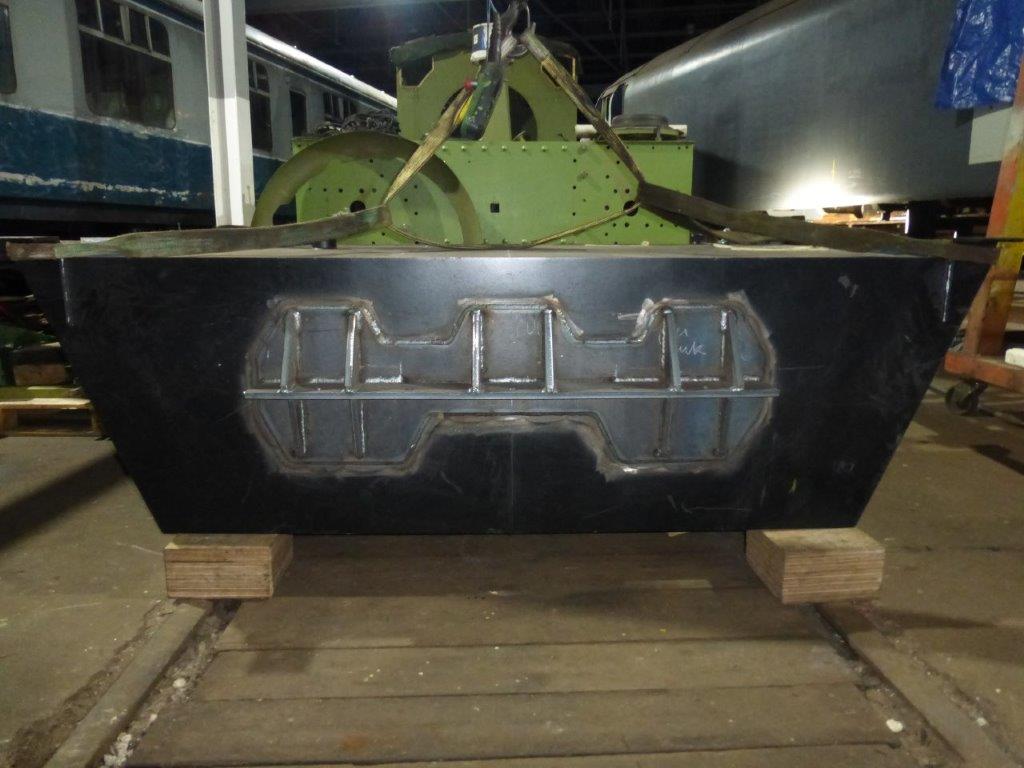
The photo above is one end of the fuel tank with the new bracket welded on. The welds are fillet welds and were all done with the tank on its end so that our lazy welder didn't have to do any complicated overhead or vertical-up welds. There's a 5mm root run with two further 5mm runs either side, this is finished with a capping weave across the high-stress areas.
Meanwhile Richard had finished with the underframe cleaning and moved on to painting. We use a high-strength, high-build, one coat paint which is suitable for oil rigs. If the loco ends up in the sea it'll be OK!
The photo below shows two things; one is that the tank end has had the cladding added, this is to give the appearance of a Baby Deltic fuel tank so that when the loco is seen no-one will know that it isn't a different tank - clever! Unfortunately, it also shows that the CAD monkey isn't as clever as he thought because the inner profile is wrong and has resulted in too big a gap between the tank and the shroud. Fortunately I had some surplus 20 x 20 SBS to hand so I was able to make a backing piece to hide the numptiness.
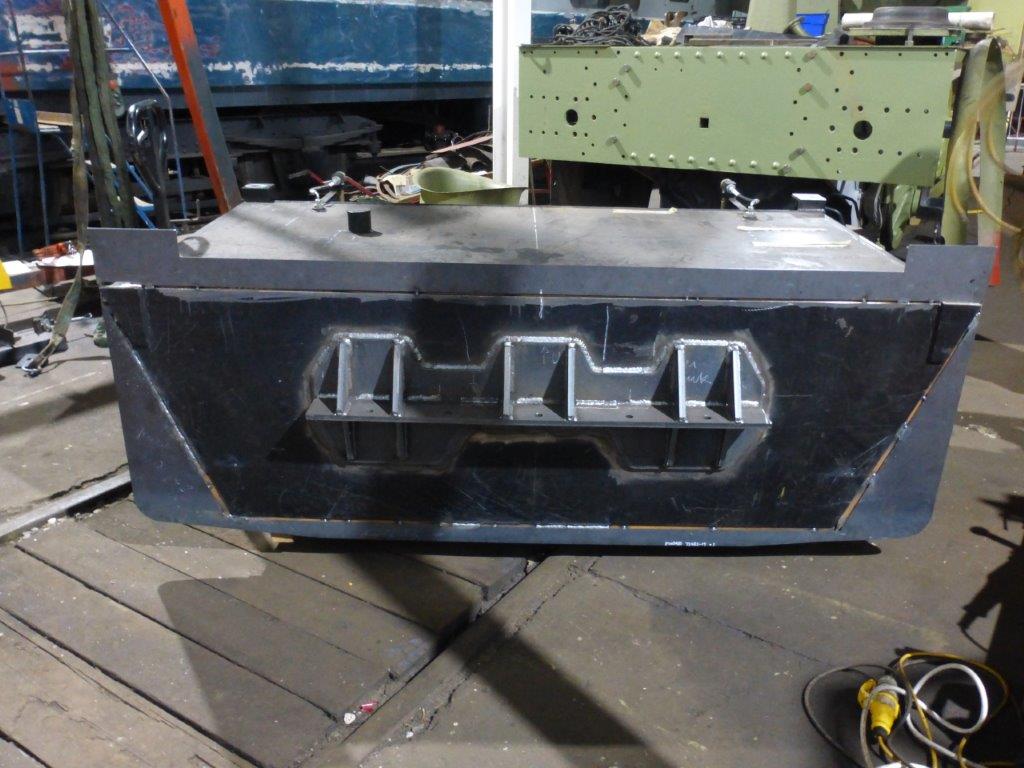
Once the shroud was welded onto the tank we decided to do a trial fit to make sure that the 'enlarged' tank would still fit. We did this because the CAD monkey is useless (see above) and can't be relied on. To fit the tank we needed to use Barrow Hill's pallet truck but first we had to find it. I asked around and someone said that they thought they'd seen it in the workshop corner but someone else thought they'd seen it somewhere else. There was only one thing for it - we were going to have to look ourselves but first we had lunch. I had a Pot Noodle (Chicken and Mushroom) left over from when my Son (Alex - also a BDP member!) was at Barrow Hill every day in Autumn working on 03066 and Richard had (homemade) cheese sandwiches. I don't know what kind of cheese it was, I'll find out for next time. Cheddar I expect.
UPDATE - it was; Extra-Mature Cheddar.
Once we found the pallet truck (it wasn't where anyone thought it was!) we mounted the fuel tank onto it and pushed it under the loco. It did fit so the CAD monkey was pleased and with a little pushing and shoving we got it into position and were able to rest easy that everything was OK.
The photo below is not the one I though it was, I thought it was one of the tank complete with the shrouds fitted so that you could see what it looked like but it isn't, it's one of the tank with the bracket held in position so that we could check everything lined up.
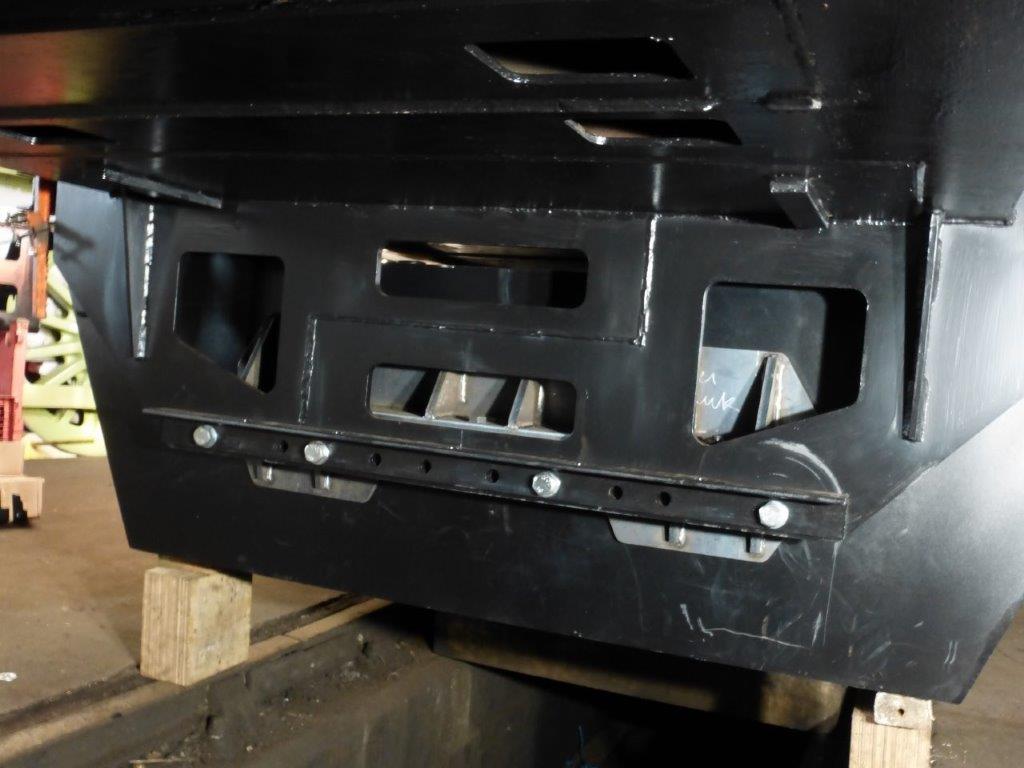
On Friday I was the only one there, apart from Barrow Hill staff and a Barrow Hill volunteer, so I carried on with the other end of the fuel tank shroud. I also cut lots of pieces of steel angle to length ready to repeat the 'dummy tank' process for the CWA tank. The lengths were 2245 (6no.), 2229 (2no.), 1860 (2no.), 820 (1no.), 620 (1no.). These were put out of the way of the Barrow Hill weekend volunteers and I swept up and went home.
I think Richard had gone shopping.
UPDATE - he hadn't gone shopping, he was volunteering at a Covid vaccination centre.
